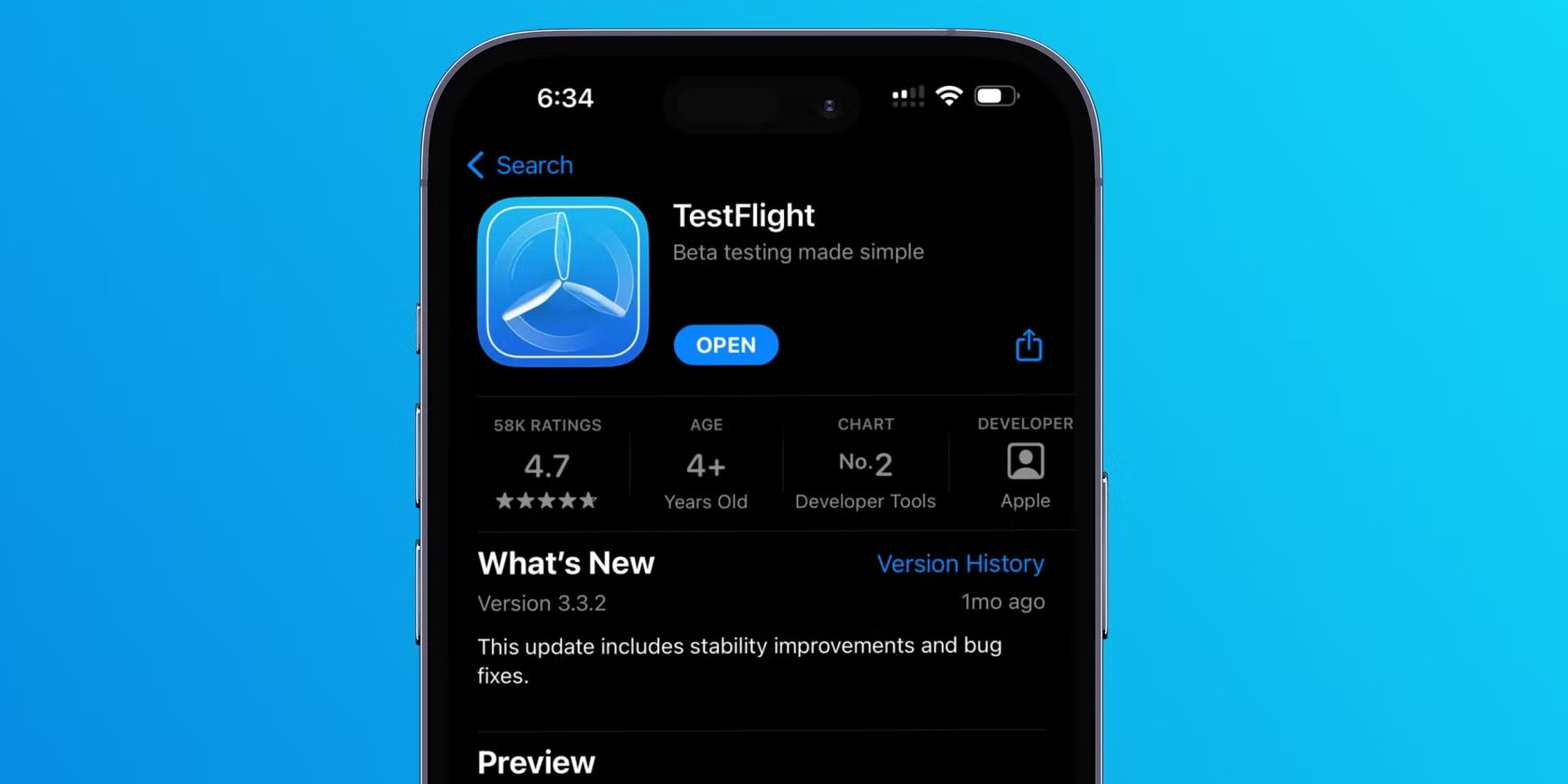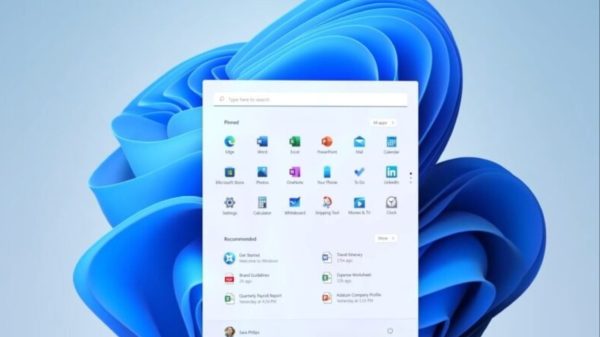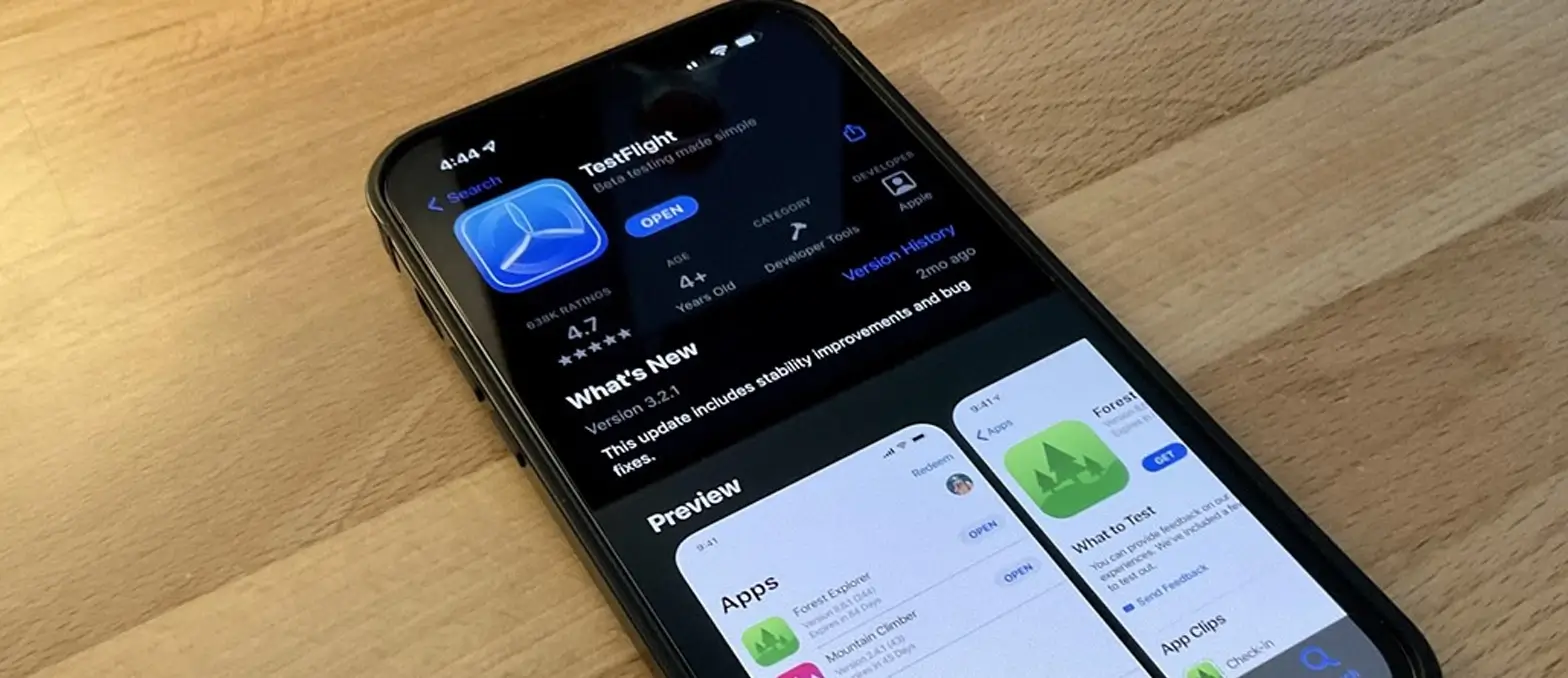Apple’s TestFlight, a popular beta testing platform, has rolled out a comprehensive update, giving developers enhanced control over their beta testing campaigns. According to TechCrunch, the update allows developers to better manage who can access their betas and to provide more detailed information about new app features. This improvement aims to create a more streamlined experience for developers and users alike, boosting engagement and feedback quality for beta testing.
A key feature of the update is the introduction of new criteria settings, enabling developers to fine-tune access to their betas. They can now target specific audiences based on device type or iOS version, creating a tailored testing environment. Previously, TestFlight limited each app to 10,000 invitations, but with this update, developers can also choose to decrease this maximum if they prefer a more exclusive test group. This gives developers more freedom to allocate testing slots to the audiences they consider most relevant.

Apple Enhances TestFlight for Developers with New Controls and Features to Improve Beta Testing Experience
In addition to access controls, the update enhances how developers can present their apps to testers. Beta invites can now include visual assets, such as screenshots and app categories, for approved apps. This addition allows testers to preview an app’s functionality before installation, which helps them decide whether they want to participate in testing. For apps that are live or ready for public release, this feature allows developers to showcase key updates and generate interest in new features.
The update also introduces detailed analytics to track the success of beta invites. Developers can now access data on how many users viewed their invitations, who accepted, and reasons for opting out. This visibility helps developers refine their invitation strategies by identifying and addressing potential barriers to participation. The analytics feature is particularly valuable for teams looking to improve tester engagement and maximize feedback quality.
For users, TestFlight now includes an invitation feedback option. This field allows potential testers to provide insight into why they might pass on downloading a beta, giving developers critical information on user concerns. Such feedback enables app creators to better understand the needs of their testers and make adjustments that could enhance the appeal and drive engagement in future testing phases.









































